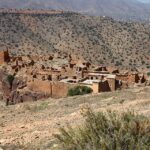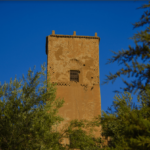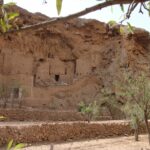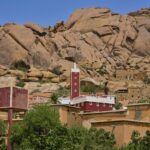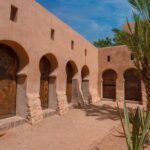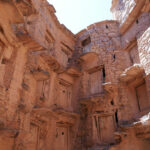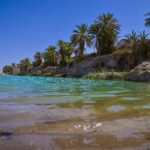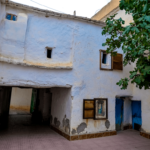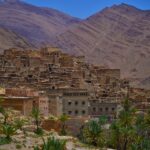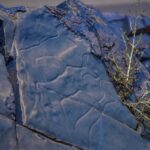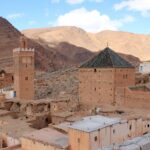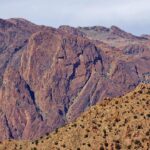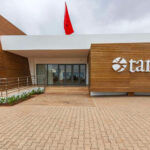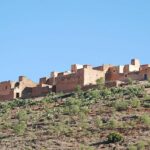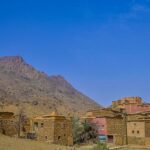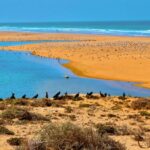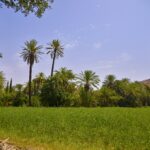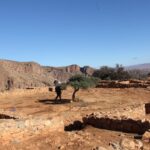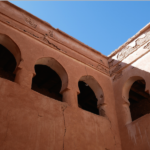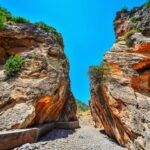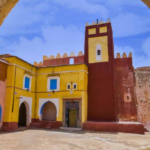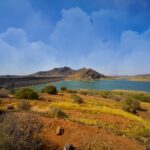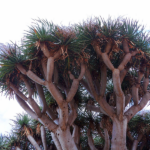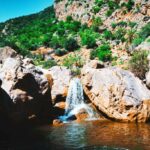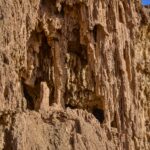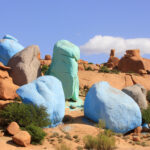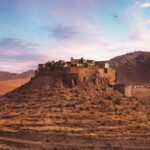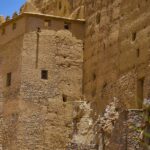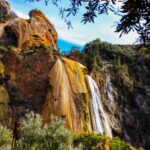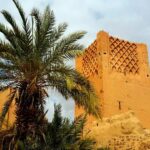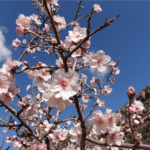Covering an area of 2.5 million hectares, the Argan Biosphere Reserve is located in south-west Morocco, and is known around the world for its flourishing argan trees (Argania spinosa), which cover 80% of the Sous Massa region. These renowned trees are the mainstay of the local economy, with argan products providing the main source of income for the communities. In fact, the general purpose of the reserve is to safeguard the sustainable use and preservation of the argan tree, while at the same time helping economic progress through renewable energy projects. However, through the Green Morocco Plan, which implements conservation measures bearing in mind that the argan tree is a vital element that stabilizes and protects the vulnerable environment.
UNESCO Biosphere: Nature Conservation
The Arganeraie Biosphere Reserve has been confirmed as belonging to UNESCO and through the Man and the Biosphere (MAB) Programme which became effective in 1998. With such attention, this conservation role in preserving the world’s natural resources simultaneously promotes peaceful coexistence of humans and nature. The boundaries of the Reserve have been drawn in such a manner that the habitats of vital importance as well as cultural significance places are enclosed within it.
Geographic Extent
The Arganeraie Biosphere Reserve is a vast protected area that spans across several provinces in southwestern Morocco, including Essaouira, Agadir, Taroudant, and Chtouka-Aït Baha. This reserve encompasses both land and marine ecosystems, with the iconic argan forest serving as the central ecological feature. The borders of the reserve were carefully selected to ensure the preservation and long-term viability of critical habitats.
Stretching across this extensive region, the Arganeraie Biosphere Reserve covers an immense swath of land, encompassing diverse landscapes and ecosystems. From the rugged terrain of the interior provinces to the coastal areas along the Atlantic Ocean, the reserve’s boundaries were meticulously delineated to safeguard the unique biodiversity found within its confines.
Argan Biosphere Vitality
southern Morocco initially the inshores argan trees seem to dot more thickly to surface forest as further to proceed inland. In fact, this biological heritage is fundamental for the area and their disjointed for withering-away argan regions can result in substantial ecological effects as desertsification. While the tree’s haplostyle, a suitable structure making up the root system, is about twenty times bigger than the volume of its aboveground system, shielding against soil erosion, tapping the deeper penetration of groundwater. This ecosystem supports a multitude of gene resources: to name but some, insects, plants and microbes organisms interdependent with the argan tree as a key. The socio-economic activities which the local people are into, such as argan oil, range from ecotourism to the protection of the biosphere, which are all collectively centered at the sustainability of the Arganeraie.
Biodiversity and Wildlife
The Arganeraie Biosphere Reserve in Agadir Souss Massa protects a very special environment. A forest of argan trees, found only here, is home to many plants adapted to the dry climate, such as fragrant herbs and thick-leafed succulents. In fact, this unique natural setting is also home to a thriving fauna: Barbary macaques, North African hedgehogs and a variety of bird species, including Egyptian vultures, Bonelli’s eagles and Tristram’s warblers.
In addition to larger animals that catch people’s attention, the reserve is home to a wide variety of smaller creatures like insects, reptiles, and little mammals. This diversity is very important for maintaining the balance of nature and providing ways for local people to make a living, like producing valuable argan oil, while respecting the environment. Moreover, the Arganeraie Biosphere Reserve demonstrates how wildlife, plants, people, and the Mediterranean climate all depend on each other.
Cultural Heritage and Traditional Practices
The argan is a vital part of the cultural identity in the region, with Berber communities traditionally depending on its fruits for sustenance, oil extraction, and animal feed. Extracting argan oil involves a labor-intensive process, primarily undertaken by Berber women, forming a cornerstone of local economic activities. The indigenous knowledge and practices associated with cultivating and processing argan continue to shape life within the reserve.
Conservation Initiatives and Sustainable Development
The Arganeraie Biosphere Reserve is taking steps to protect its natural environment and support the people living there. This involves planting more trees and managing the land in a way that prevents the spread of the desert. Communities in the area are also working to earn money through activities like tourism and making argan oil, which helps them care for the environment.Two main objectives guide these initiatives: safeguarding nature and helping local communities. On the one hand, replanting trees replenishes those that have been lost, while sustainable land management practices promote soil health and prevent further degradation. On the other hand, combating desertification halts the advance of arid landscapes.
Ecotourism
The nature reserve embraces visitors who yearn for deep encounters with the great outdoors and cultural heritage. Where adventurers can embark on guided tours through the captivating argan forest, an enchanting woodland brimming with ancient trees and diverse flora. A unique opportunity awaits to partake in the traditional art of argan oil production, witnessing firsthand the meticulous techniques passed down through generations. Moreover, visitors have the chance to engage in cultural exchanges with local communities, fostering a profound understanding and appreciation for their way of life.
